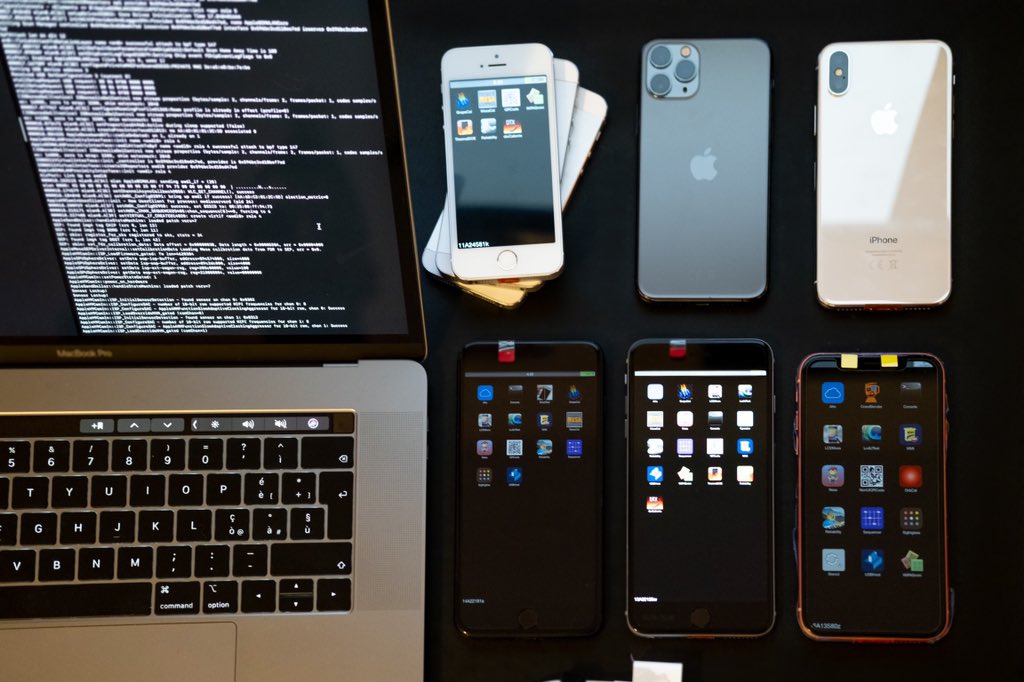
On European iPhone 12 and 12Pro series, the regulatory logos are laser engraved on the side of the device. #iPhone12 #iPhone12Pro #AppleEvent 

All new iPhones come with iOS 14.1 pre installed. #AppleEvent #iPhone12 #iPhone12mini #iPhone12Pro #iPhone12ProMax
• • •
Missing some Tweet in this thread? You can try to
force a refresh














